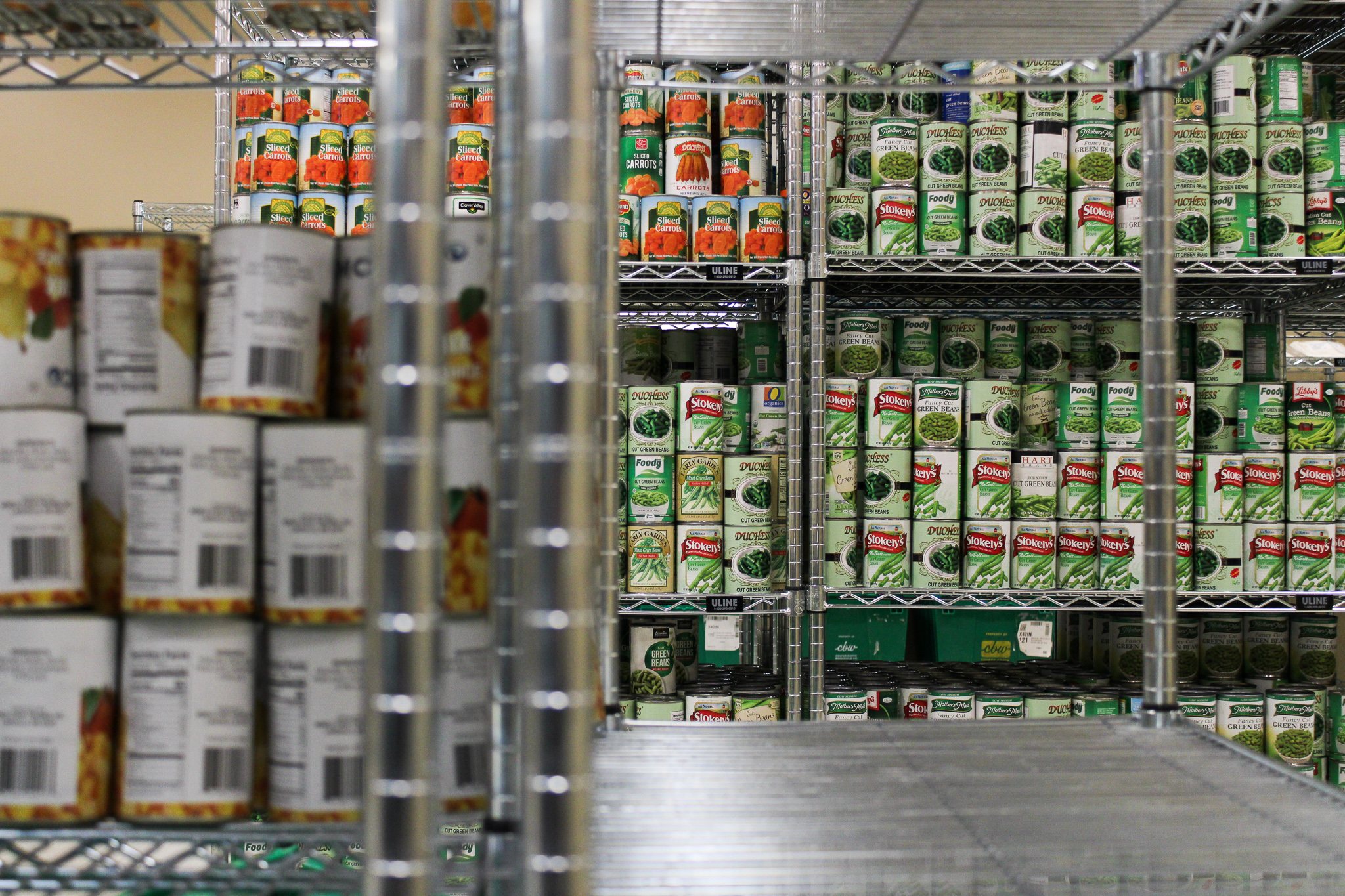Views expressed in opinion columns are the author’s own.
Another day, another two minutes spent staring at the microwave watching my ramen cup turn around and around.
College is supposed to prepare students for life beyond its campus. For many of us, part of this will be preparing and cooking our own food.
Unfortunately, for many students, our cooking skills are not extensive. Our food agency is limited by a lack of access to resources, education and free time. More adversely, many students struggle with food insecurity. Within the University of Maryland, 20 percent of students are considered food insecure.
This university itself has suggested receiving more education on cooking and nutrition could mitigate food insecurity. This makes sense, as research shows educational interventions, including cooking classes, can improve students’ food agency and reduce food insecurity.
As far as I’m aware, this university does not currently offer cooking classes. There is a program to support children’s nutritional education, the campus pantry held culinary demonstrations as of 2022 and a nutrition and food science major, but this does not include cooking classes. Therefore, this university is missing an opportunity to support students’ wellbeing in fresh, new ways.
To increase food agency and decrease food insecurity among students, this university should host free, comprehensive and frequent cooking classes available to all students. New and more routine cooking classes could expand on what’s been done before.
These classes could be hosted in a teaching kitchen, which this university has in the campus pantry. These kitchens are like labs for developing culinary and nutritional education. Teaching kitchens are a great resource to introduce students to healthy food practices, encourage food agency and potentially decrease food insecurity among students.
This university’s teaching kitchen has been used in the past for small-scale cooking demonstrations to great success. The existence of this teaching kitchen on campus is a great start to address students’ nourishment and sustenance needs, but this university should do more with this resource by hosting cooking classes regularly.
Cooking classes have been shown to increase food agency among college students. Done comprehensively, these classes can increase students’ nutritional knowledge and cooking confidence, giving us skills that will benefit us for the rest of our lives.
Other universities have used teaching kitchens to enhance their students’ wellbeing, and we should take inspiration from their successes. Since 2015, Stanford University has implemented a teaching kitchen with cooking classes, and the University of California, Berkeley, also created a well-received teaching kitchen course.
By creating comprehensive cooking classes, this university can support students in the way these other universities have been doing for years. Additionally, the possibilities for classes are virtually endless. Whether there are classes in baking, kitchen utensils and equipment, cultural and ethnic foods, nutritional or special diets or drinks, these classes can all support the student population while exposing us to modern, healthy and diverse ways of cooking.
Ideally, students should not have to pay for these classes. But if these classes must require a fee to offset the expenses of creating and administering a class, the fee must be small. This fee must be low enough to not hinder a student’s ability to take the class, as that would directly contradict the university’s efforts to support students’ food and nutritional needs.
These cooking classes do not have to only be in person. Other colleges have also used virtual alternatives, such as creating virtual demonstrations that allow students to follow along at their own pace on their own time, kind of like an interactive recipe. To start, the university could supply meal kits with all of the ingredients needed for a certain cooking class. Then, students can use the meal kits to follow along with the demonstration, gaining the same culinary knowledge and experience offered in an in-person class.
By creating virtual alternatives, students can reap the benefits of cooking classes while fitting them easily into busy schedules, making this even more accessible and convenient to students both on and off the campus.
Outside of the educational value of cooking classes, they can be very personally enriching. Personally, I love cooking and baking, and find it to be gratifying knowing that I’ve made something for myself, by myself. Cooking can be a social activity, and the entire experience of learning to cook, cooking for myself and then maybe for others, is incredibly rewarding.
So what exactly is this university waiting for? To its credit, the University of Maryland has done much to support students and address our food and nutritional needs, such as establishing a campus pantry and seasonal farmer’s markets. Now, this university’s efforts need to be taken one step further. With today’s fast-paced culture of independence and self-sustainability, being able to take care of one of our most basic human needs is absolutely vital. To support the overall growth and wellbeing of students, creating cooking classes should be a priority at this university. Addressing food agency and insecurity issues with great urgency will bolster student wellbeing and cannot be put on the back burner.
Vrisha Sookraj is a junior psychology major. She can be reached at vsookraj@terpmail.umd.edu.



